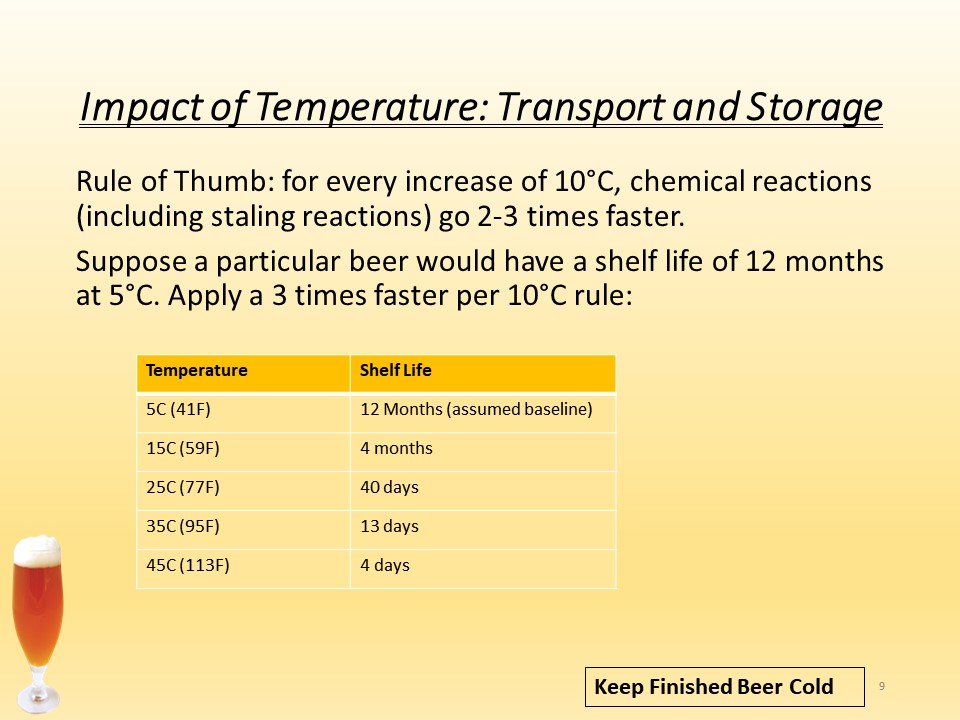- Joined
- Jan 26, 2022
- Messages
- 147
- Reaction score
- 101
Just curious: What would be the result of shutting off temperature control on a lager after 4 weeks and then having it sit in the fermenter at room temperature for two weeks? This shouldn't be an issue for me because I live in a cold climate and can lower the thermostat in my house to 54 while I'm gone. But what if lived somewhere warm? What if the temp went up to 68 or so for a few weeks? Any negative effects? And, yes, this question assumes a keg isn't available for a transfer.



